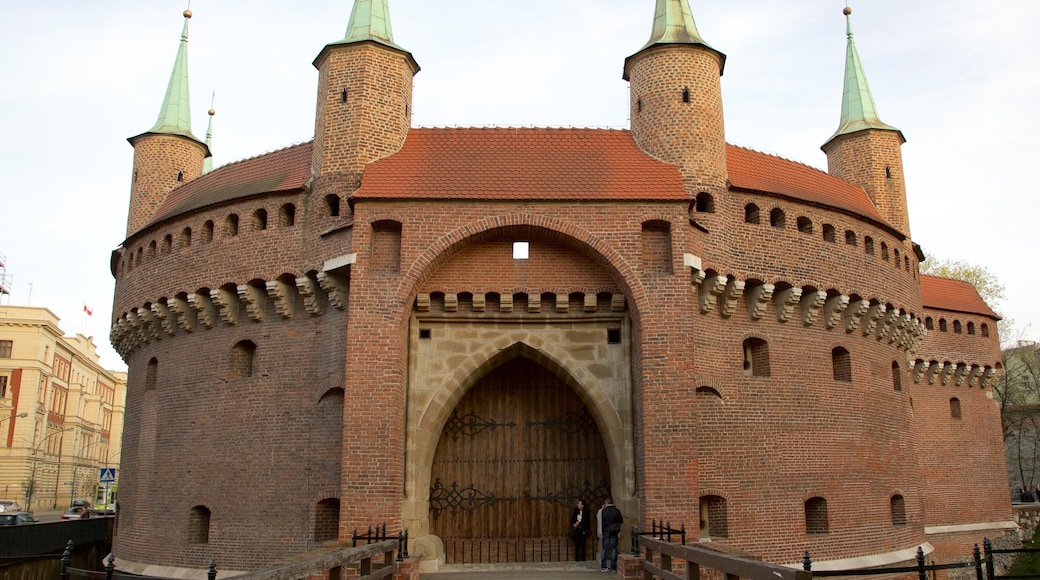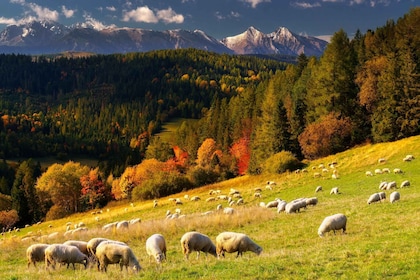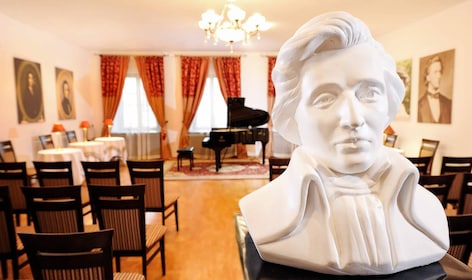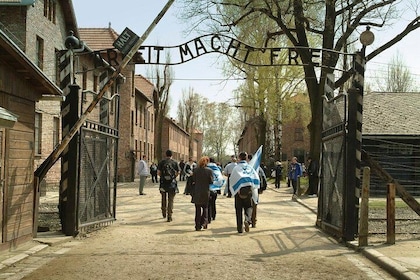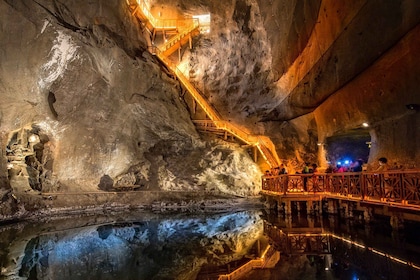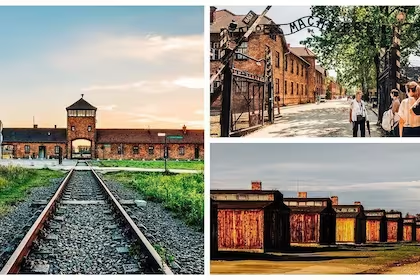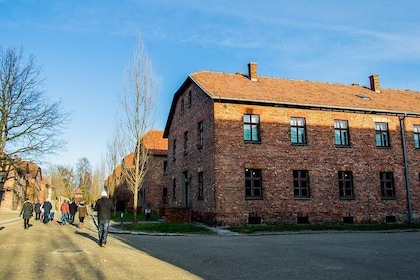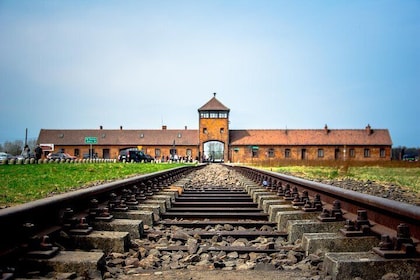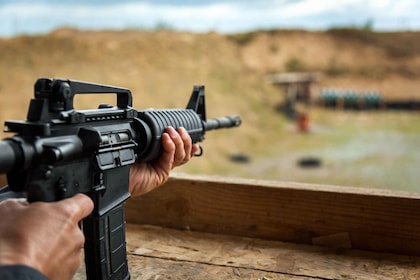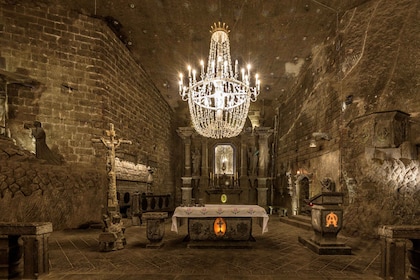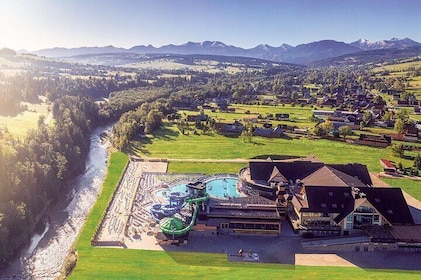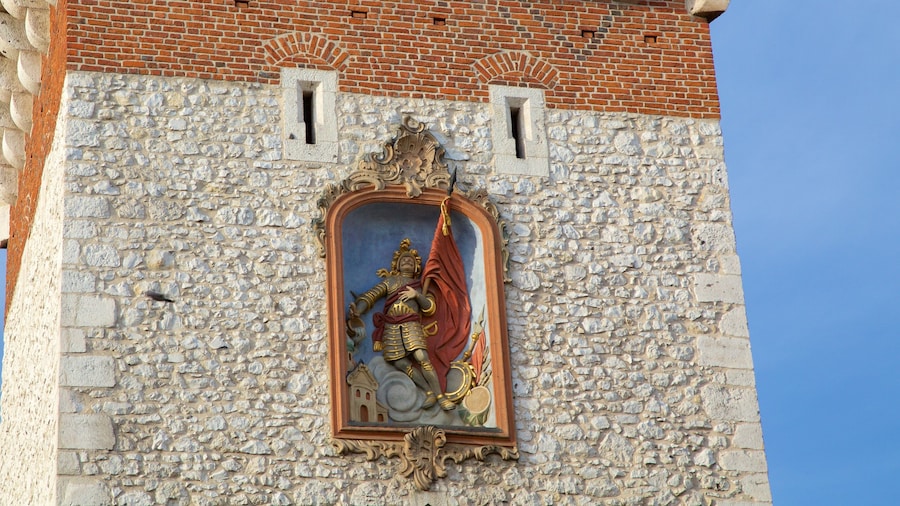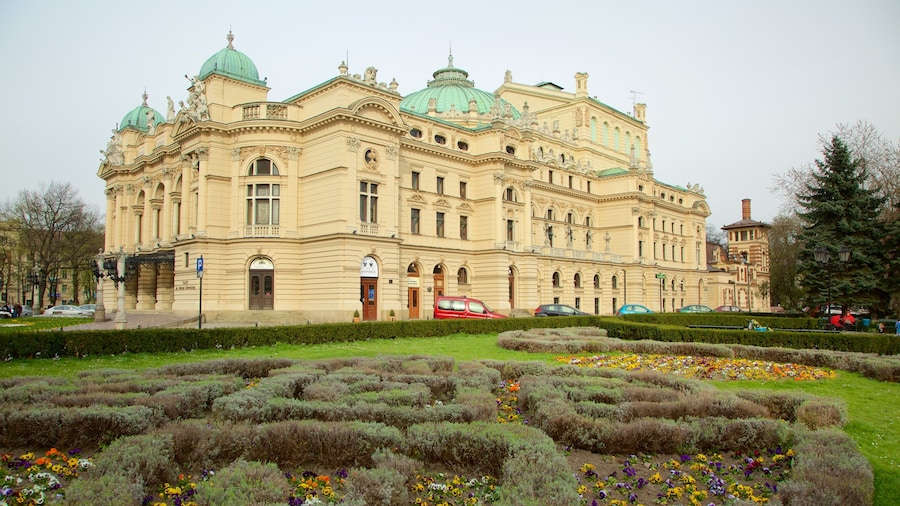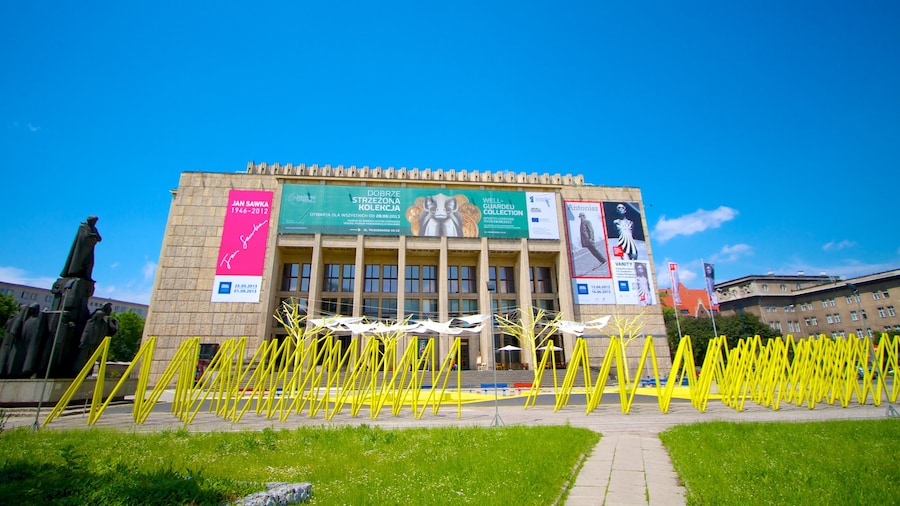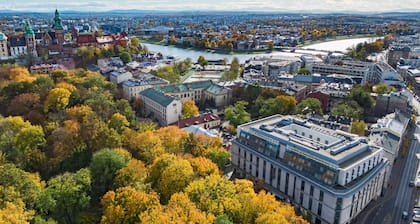The imposing Krakow Barbican is a striking Gothic defensive structure. Imagine the armies of Krakow in the late 1400s standing behind the 130 windows that circle the building and raining arrows on enemy invaders. Near the barbican are the remnants of the old city walls where, in the open courtyard, jousting tournaments and medieval concerts are held.
The Krakow Barbican was built in 1498 and was once used as the main city gates. A tour of the complex will reveal that there was a 30-metre (100-foot) moat, seven turrets and a Gothic façade that was joined on either side by the city walls. The structure was the central base for deterring enemy invaders. Its 10-metre (32-foot) high and 3-metre (10-foot) thick walls were impossible to penetrate. The Krakow Barbican is one of only three such structures remaining in Europe and is the best preserved.
A great way to learn about the history of the city walls and the soldiers who defended Krakow is through a guided tour, included in the admission price. Walk up the stairs, along the walls and look out through the windows to imagine what the soldiers would have seen as they protected their homes and families.
Browse through the Krakow Barbican Museum, which is open from April to October. Visit during the summer to catch one of the outdoor events. See an open-air music concert or enjoy a medieval jousting tournament. See exhibitions about torture weapons that were used in medieval Europe that includes a display about executioners. For further details about events and exhibitions, check the official website.
The Krakow Barbican is open daily and there is a small fee for entry. The barbican is located in the Planty Gardens, north of the Old Town (Stare Miasto). You can walk to the barbican from the Old Town or take a bus or tram. Allow an hour to enjoy a tour of the entire building.
